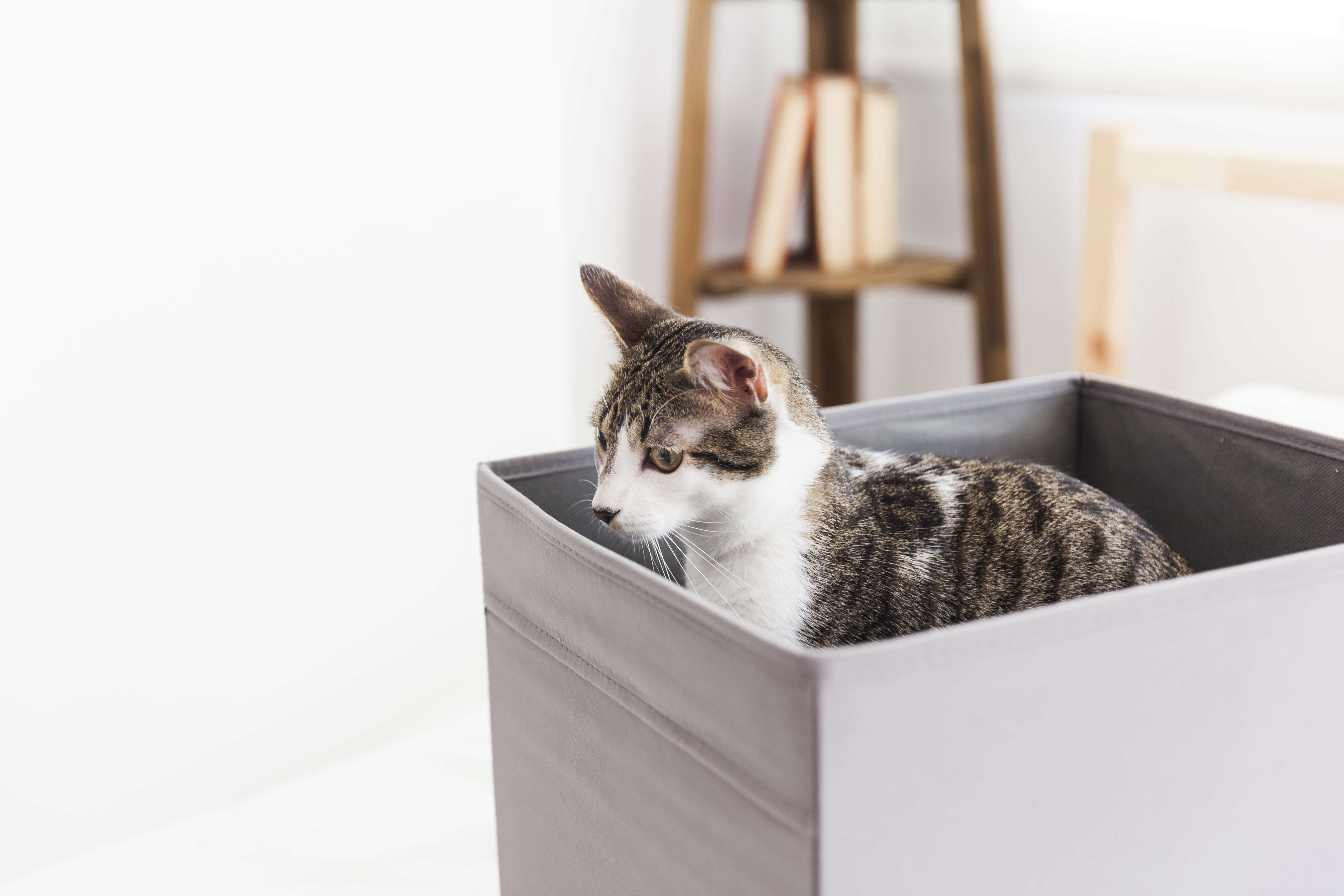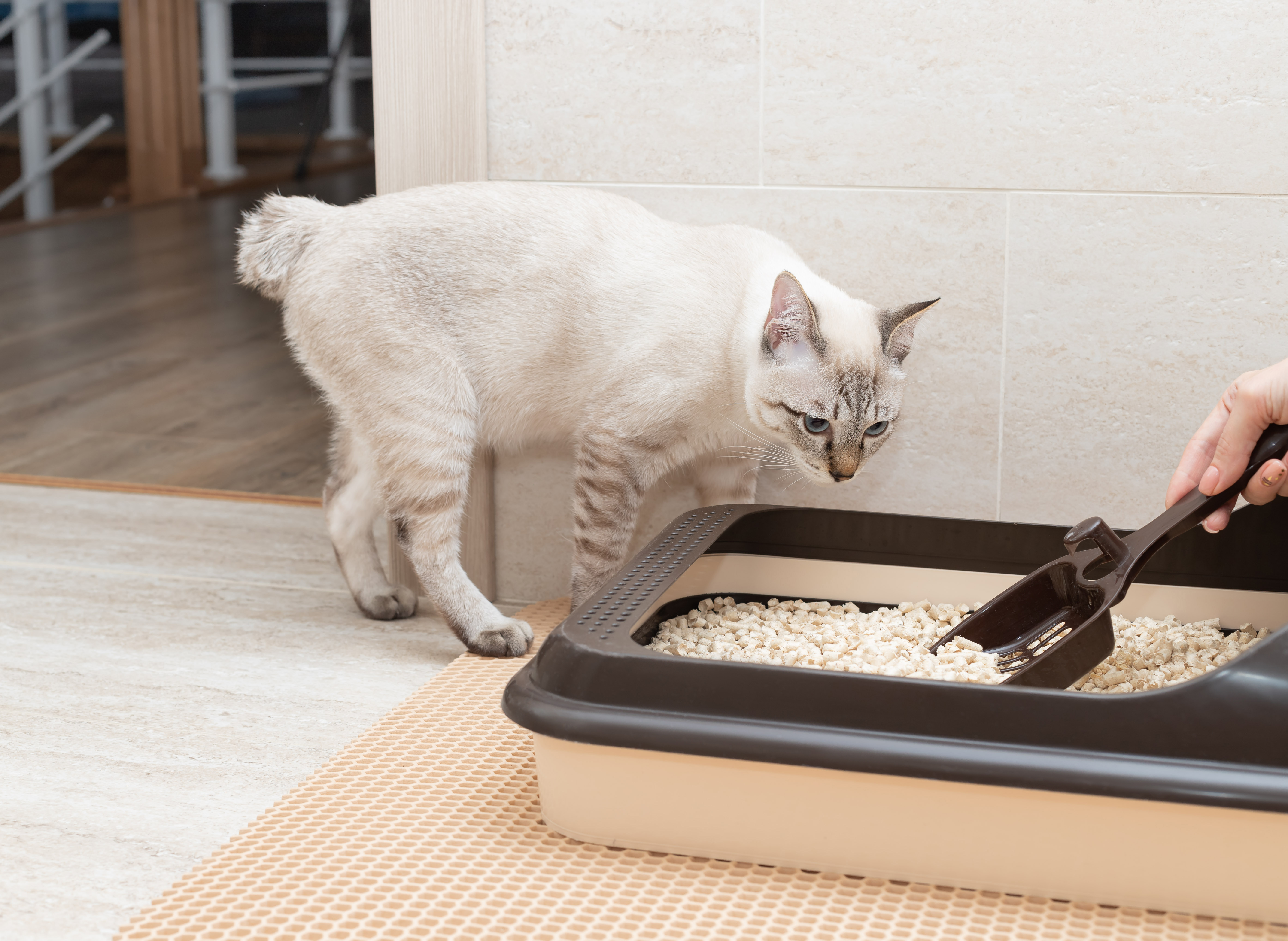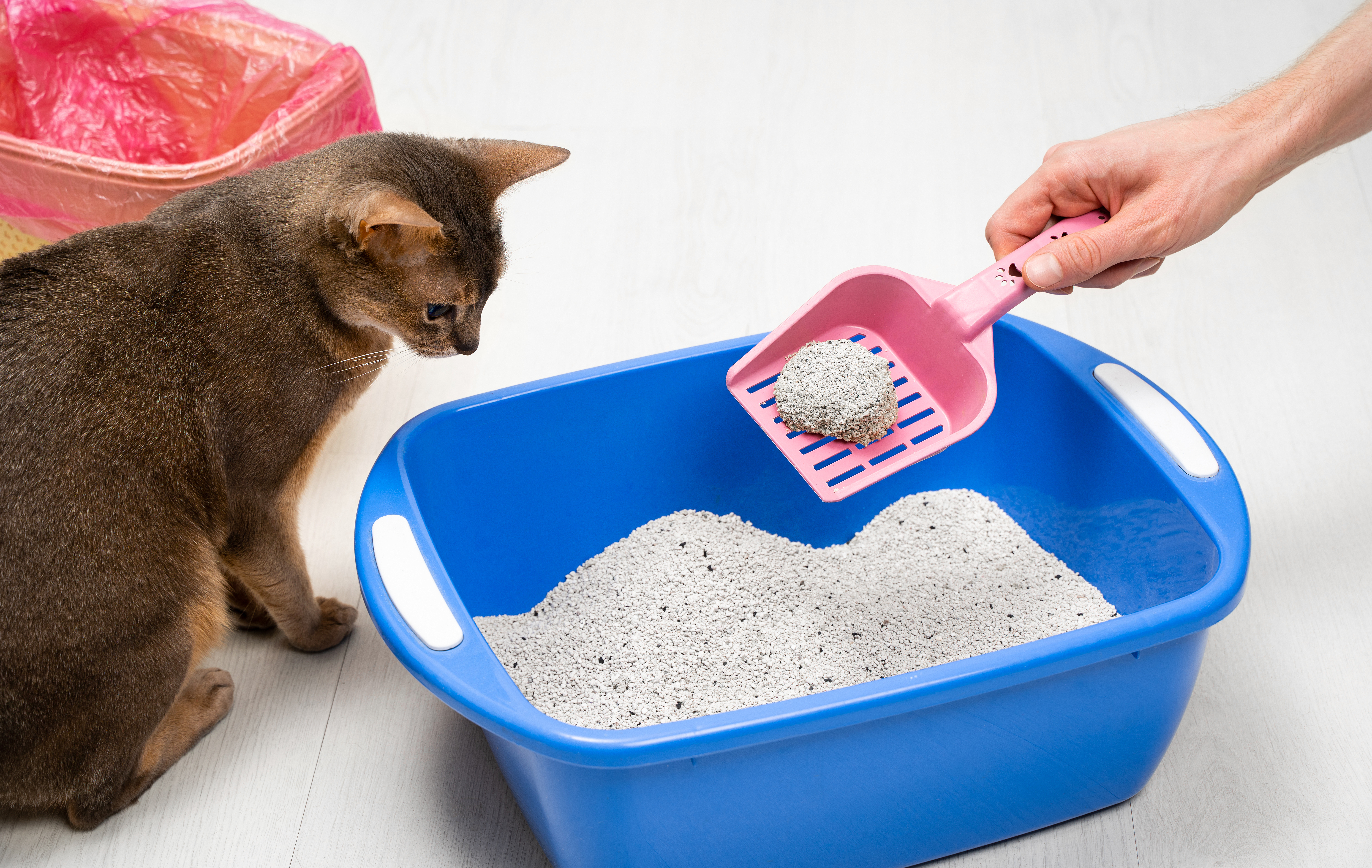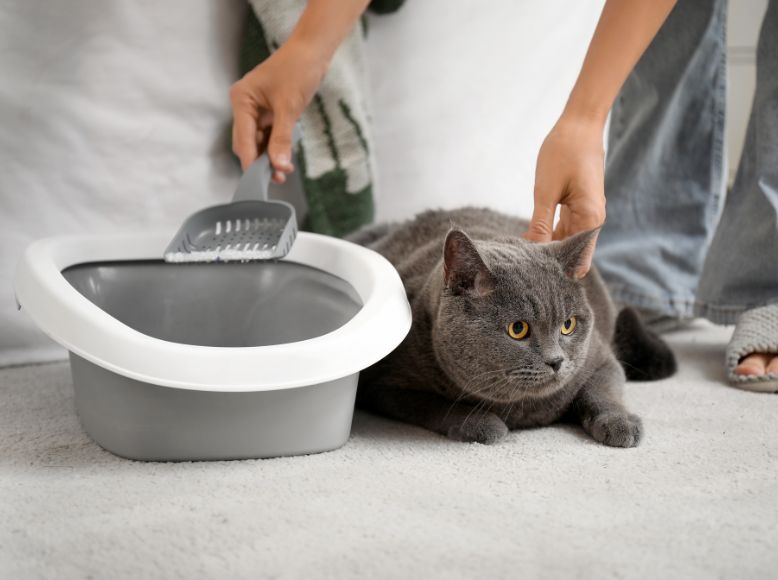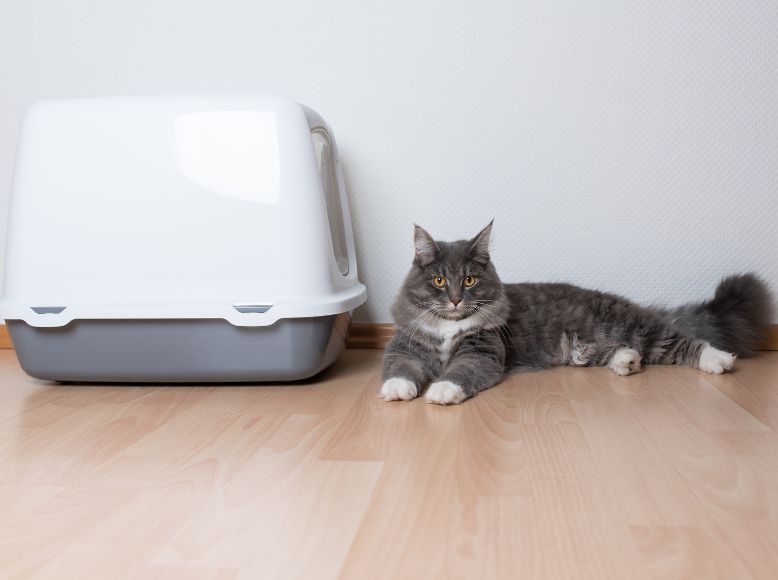Scratching is a natural and necessary behavior for cats, helping them stretch their muscles, mark their territory, and maintain healthy claws. However, when that behavior turns destructive—targeting couches, chairs, and other household furniture—it can become a frustrating problem for cat owners. Instead of punishing your cat, the key to stopping unwanted scratching lies in understanding their needs and redirecting their behavior. With patience and the right strategies, you can train your cat to stop scratching furniture within 30 days.
Table of Contents
Why Do Cats Scratch Furniture?
Before trying to correct the behavior, it’s important to understand why cats scratch. Some common reasons include:
- Marking Territory – Cats have scent glands in their paws, and scratching helps them leave their scent behind.
- Stretching and Exercise – Scratching provides a full-body stretch, especially after naps.
- Maintaining Claws – It helps remove old, dead layers from their claws.
- Stress or Boredom – Some cats scratch out of anxiety, frustration, or simply because they’re not mentally stimulated.
Once you recognize why your cat is scratching, you can create a plan to redirect the behavior without discouraging their natural instincts.
Week 1: Introduce Appropriate Scratching Alternatives
The first step in stopping destructive scratching is providing your cat with acceptable alternatives. Instead of focusing on stopping the behavior completely, encourage your cat to scratch designated items.
- Invest in a scratching post – Choose a sturdy post made of sisal rope, carpet, or cardboard, as cats prefer rough textures.
- Offer multiple scratching options – Some cats prefer horizontal surfaces, while others prefer vertical posts. Try different designs, such as flat scratching pads, angled scratchers, or wall-mounted options.
- Place scratchers near problem areas – If your cat scratches a particular couch or chair, position a scratching post next to it.
To encourage use, try rubbing catnip or silvervine on the scratcher or using treats as positive reinforcement.
Week 2: Protect Your Furniture
Once your cat has access to new scratching options, the next step is making furniture less appealing.
- Use furniture protectors – Cover the areas your cat scratches with double-sided tape, aluminum foil, or plastic furniture protectors. Cats dislike sticky or slippery textures and will avoid scratching these surfaces.
- Apply cat-safe deterrent sprays – Citrus-based sprays or commercially available anti-scratch sprays can help discourage scratching.
- Rearrange furniture – If possible, move furniture slightly to make the scratched areas less accessible.
During this stage, it’s crucial to redirect your cat every time they attempt to scratch the furniture. Gently move them to a scratching post and reward them when they use it.
Week 3: Reinforce Positive Behavior
Now that your cat has alternative scratching options and the furniture is less appealing, focus on reinforcing good behavior.
- Use positive reinforcement – Praise your cat, offer treats, or pet them when they use the scratcher. Cats learn through association, and rewarding them will encourage repeat behavior.
- Play near the scratching post – Engaging your cat in play near their scratcher will naturally draw them to it. Drag a toy over the surface to encourage scratching.
- Make scratching interactive – Some scratching posts include dangling toys or can be sprinkled with treats to attract your cat’s attention.
If your cat still scratches furniture, avoid punishment. Instead, gently redirect them and remain patient as they develop the habit of using their scratcher.
Week 4: Maintain Progress and Adjust
By the final week, your cat should be using the designated scratching areas more consistently. However, maintaining the habit requires ongoing effort and small adjustments.
- Keep scratchers in high-traffic areas – Moving them away too soon may lead your cat back to furniture scratching.
- Replace worn-out scratchers – If a post is heavily used, refresh it with a new one to keep your cat interested.
- Monitor stress levels – If scratching persists, evaluate any changes in your cat’s environment that may be causing anxiety. Cats often scratch more when they are feeling stressed or insecure.
At this stage, you should see significant improvement. If your cat still scratches furniture occasionally, reinforce good behavior with treats and encouragement.
Additional Tips for Long-Term Success
- Keep claws trimmed – Regularly trimming your cat’s claws reduces the damage they can cause when scratching.
- Consider soft nail caps – Products like Soft Paws provide a harmless way to prevent damage while allowing natural scratching behavior.
- Provide environmental enrichment – Boredom can lead to destructive behaviors, so ensure your cat has interactive toys, climbing structures, and mental stimulation.
When to Seek Help
If your cat continues to scratch furniture excessively despite trying these strategies, they may be experiencing stress, anxiety, or an underlying medical issue. Consult your veterinarian to rule out any health concerns and consider working with a cat behavior specialist for further training guidance.
In Conclusion
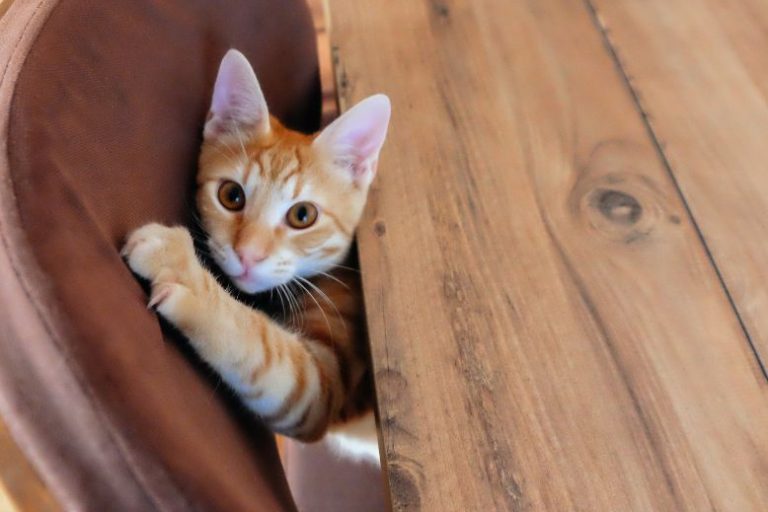
Stopping your cat from scratching furniture is a process that requires patience, consistency, and understanding. By providing appropriate alternatives, protecting furniture, reinforcing good behavior, and adjusting the environment, you can successfully train your cat within 30 days. Instead of punishing their natural instincts, redirecting scratching to acceptable outlets will create a positive and lasting habit.
With the right approach, you can protect your furniture while ensuring your cat remains happy, healthy, and engaged.



